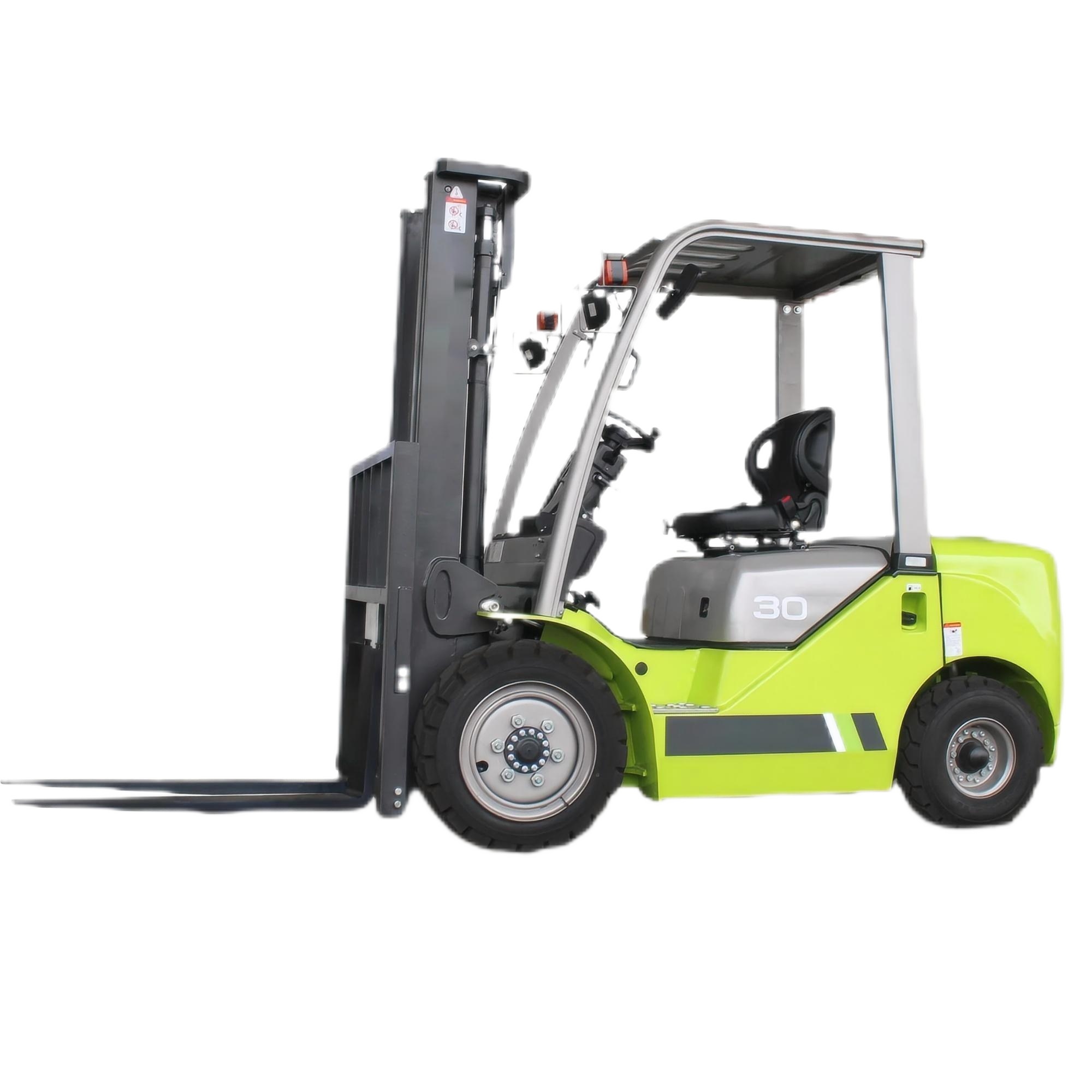The future trends of electric forklifts will revolve around three core directions: intelligence, electrification, and globalization. Combining policies, technologies, and market demands, the following key development paths are emerging:

I. Revolution of Intelligence and Unmanned Operation
Popularization of Unmanned Driving Technology
Unmanned forklifts equipped with lidar and AI algorithms can achieve automatic obstacle avoidance and path planning, making them suitable for 24-hour unmanned warehouse scenarios. Their penetration rate is expected to exceed 25%. The combination of 5G and IoT technologies promotes the in-depth integration of forklifts with MES/WMS systems, enabling fully automated operations in "dark warehouses".
Intelligent Operation and Maintenance and Data Analysis
By monitoring equipment status via cloud-based platforms, potential failures can be predicted and scheduling can be optimized, resulting in a logistics efficiency improvement of over 30%. Intelligent battery management systems (BMS) monitor battery health in real time, extending battery life by 30%.
II. Accelerated Increase in Electrification Rate
Dominance of Lithium Batteries in the Market
Lithium batteries, with their fast charging capabilities (80% charge replenishment in 30 minutes) and long cycle life (over 3,000 cycles), have become the mainstream. By 2025, the proportion of electric forklifts is expected to exceed 80%. Hydrogen fuel cell forklifts are being piloted in scenarios such as ports.
Driven by Green Finance
The carbon trading market provides carbon credit rewards for electric forklifts, and enterprises' emission reduction data can be converted into economic benefits. Policy subsidies are tilted towards hydrogen fuel cell forklifts.
III. Product Diversification and Scenario Penetration
Special Equipment for Niche Markets
The demand for explosion-proof forklifts for cold chains and forklifts for ultra-low temperature cold storages is expected to grow by 40%. Customized solutions for high-end scenarios such as semiconductor manufacturing and the pharmaceutical industry are emerging.
Lightweight and Compact Design
The turning radius has been reduced to 1.8 meters, making it suitable for narrow passages. The annual sales growth of narrow aisle forklifts and picking vehicles is over 15%.
IV. Globalization and Export Expansion
Accelerated Overseas Expansion of Chinese Brands
By 2025, exports will account for 15% of the global market, with a focus on covering markets along the Belt and Road Initiative such as Southeast Asia and the Middle East. The global market share of domestic brands is expected to increase to 35%.
Cost Advantage of the Industrial Chain
Chinese electric forklifts, with their cost-effectiveness (only 1/3 of similar products in Europe and the United States) and technological iteration, are becoming core suppliers of global logistics equipment.
V. Optimization of Maintenance Costs and Efficiency
Reduction of Life-Cycle Costs
The annual maintenance cost of electric forklifts is 40,000 - 50,000 yuan lower than that of fuel forklifts. The scale of the second-hand remanufacturing industry has exceeded 20 billion yuan, extending the equipment life cycle.
Improvement of Energy Efficiency
The efficiency of AC motor drive systems reaches over 95%, and intelligent energy recovery technology reduces energy consumption by 25%.





